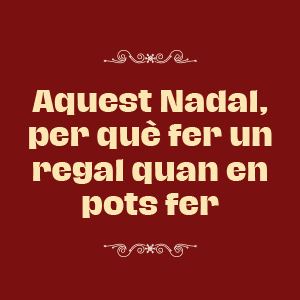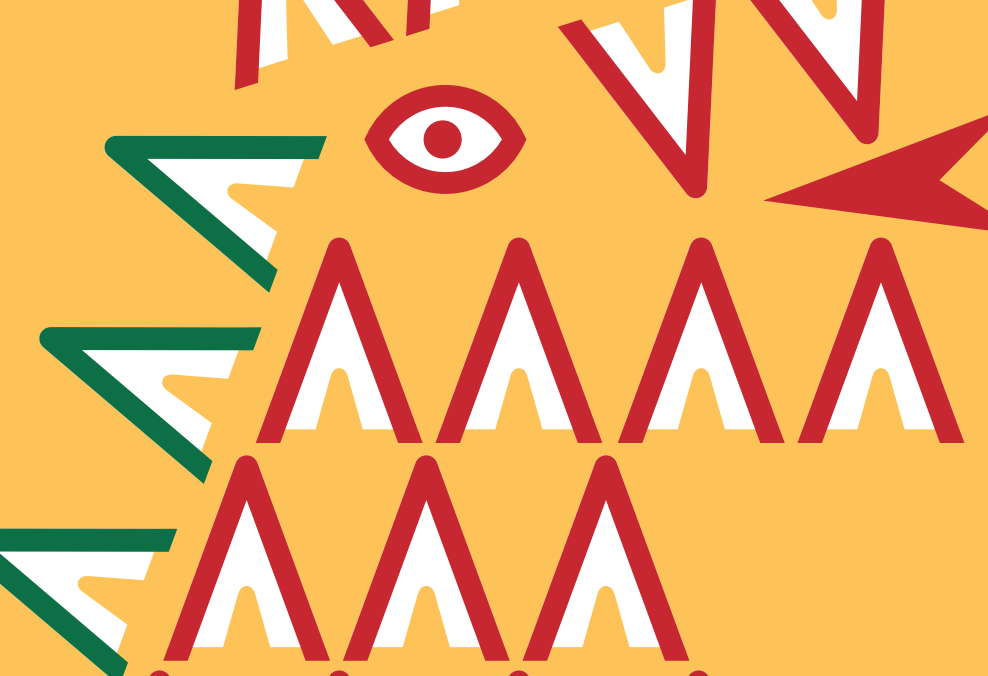News
The "Llim" by Lara Fluxà and Oriol Fontdevila, represent the pavilion of Catalonia and the Balearic Islands at the Venice Art Biennale

Llim 'is the proposal with which Catalonia and the Balearic Islands participate in the Venice Biennale, a project curated by the researcher Oriol Fontdevila with the work of the artist Lara Fluxà, who puts water and glass as consubstantial elements of history from the city.
Between today, April 20, and November 27, the 59th edition of the Venice Art Biennale includes a project produced by the Institut Ramon Llull that, with the name of Llim , puts water and the glass. Curated by the writer and researcher specializing in artistic practices and education Oriol Fontdevila (Manresa, 1978), Llim is the search for the material basis for understanding the very configuration of Venice, an organism created from what the curator defines as a “ plethora of concepts ”. The silt, the mud, is an organism that gives account of an infinite sequence of transitions, which is what has given rise to the city.
In the middle of water and glass The Catalonia project at the Biennial is the work of the artist Lara Fluxà (Palma, 1985), a graduate in Fine Arts and a master's degree in Artistic Production and Research who has taught courses on glass at the Centro Nacional del Glass from Segovia, Barcelona and the Ceramics School of La Bisbal d'Empordà. Lime is a continuous spill, an infinite sequence of transitions in which matter constantly changes state so that it merges imperceptibly and gives rise to continuity. This is its vitality and at the same time its fragility.
Venice was founded in the middle of the water, and glass has been one of the skills that have been developed there, especially in Murano. "That's why Lara and I found it attractive to intercede in the water itself. She usually generates what she calls bellies or glass bags. And we wanted to generate a structure like this but, instead of clean water or oil or milk, in this case we inject water from the same canals in Venice ”, explains Oriol Fontdevila. To do this, they have created a great infrastructure, a pseudo-channel that crosses the space that Catalonia has in the Biennial. "It is a glass structure, a large pipe in which other materials such as plastic or rubber are involved, structures of the Lara that concatenated allow this circulation of water in and out of the pavilion," says Fontdevila.
Poetic game about Venice
With this glass channel they aim to generate a single-sided non-orientable surface, which was described in 1882 by the German mathematician Felix Klein. "'It's a bottle that goes inside the same bottle and generates like a kind of closed circuit, in which there is no outside and no inside but suddenly a collapse of what would be inside-outside and also the verse and reverse of the surface ”, describes Oriol Fontdevila. The glass canal that carries water from the San Pietro canal through the pavilion is a kind of Klein bottle between the history of glass and water that occur in Venice as two sides of the same coin. "Glass and water are materials that have a very exact material coincidence because they can change state in a reversible way," said the commissioner. Water can become solid and return to liquid, and glass can. "Glass is considered a temporarily stable liquid, not even a solid. This reversibility between materials makes us think that glass and water have interacted in a collaborative way to give rise to a phenomenon like Venice. “Venice is a city that holds on to water and is therefore between solid and liquid, and specializes its industry in working with a material that is also permanently between solid and liquid. Building a channel made of glass, in a way, wants to talk about this gesture. If in Venice the infrastructure is water and the content is glass, in our pavilion the order is changed. It's a kind of exchange, like a poetic game between the two elements that come together in the city ", explains Oriol Fontdevila.
Facts of water and water
There is an important element, the slime, which gives title to the proposal. Sludge, mud, is the first contact of water with the earth. That water can become silt speaks to its collaborative capabilities. "We are made of water and water has developed the first cells, the first bacteria, which makes the aquatic environment the environment of life. There are authors, such as Gaston Bachelard, who explain that it is in the capacity to become slime, the moment when water penetrates the earth and becomes a third form, which speaks of the ability to engender alternative life forms. Says the commissioner. Sludge management is crucial in Venice. If there is too much sediment, the lagoon is not navigable and if it erodes too much, the city is lost. As the rivers have been diverted, Venice is increasingly subject to the waters of the sea. "There is a dialogue between two states of water, the freshness of the river, the saltiness of the sea, which we found interesting. Our structure channels sea water, dirty water with slime. We didn't want to talk so much about pure water but to work with the slime, the moment when the water is already in the process of transformation in contact with other materials ", says Oriol Fontdevila.
In the bonart paper magazine, which you can now buy in your kiosk or in digital format through the kiosk, you will find an extensive report on the participation of Catalonia and the Balearic Islands through the Institut Ramon Llull in this ephemeris.








